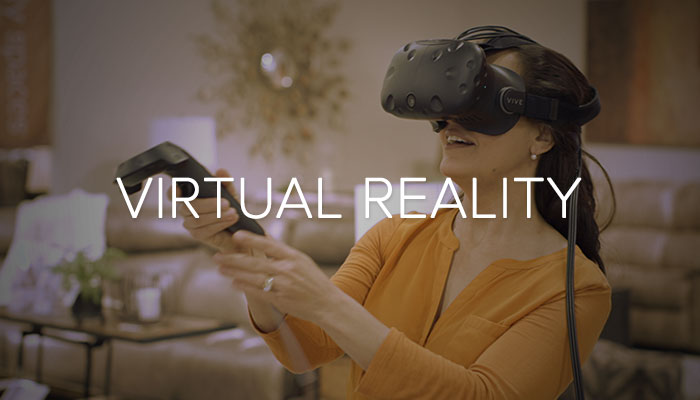Second Life is an online virtual world where players can socialize, roleplay, and explore in a sandbox environment. In Second Life, players make and customize their own avatars and are empowered to explore the nearly boundless virtual world. Second Life isn't a conventional game, as there are no goals. Instep, players can do whatever they want, but most players ordinarily socialize, roleplay, or explore the endless simulations. Simulations, called sims, are player-created zones, many of which are propelled by well known fictional settings like animes or movies. Second Life is a genuine sandbox game, as all the content is made by its users. In the event that you imagine it, you can make it. Everything from animations, vehicles, skin surfaces, to clothes are planned by players using 3D modeling and scripting computer program. Player-created substance is the title of the game in Second Life and it's not limited to beauty care products. Players can indeed make objects...







